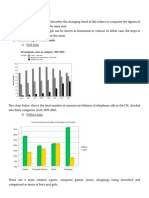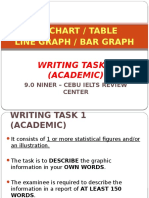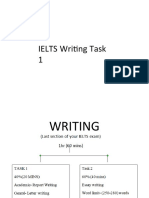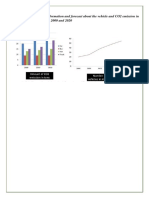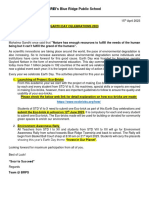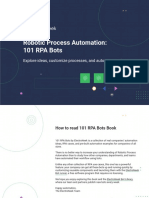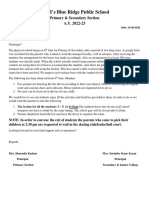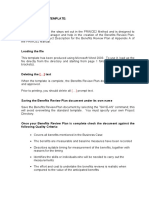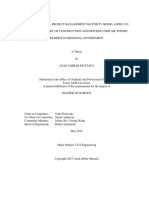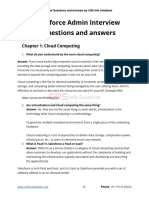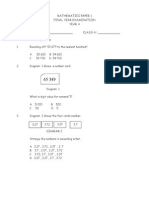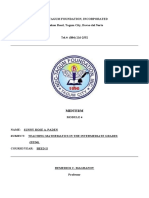0% found this document useful (0 votes)
28 views19 pagesWriting Module
The document outlines the IELTS Writing Module requirements, detailing Task 1 as a report writing task focusing on graphs and charts, and Task 2 as an essay writing task with argumentative topics. It emphasizes the importance of task achievement, coherence, lexical resource, and grammatical accuracy in scoring. Additionally, it provides guidance on writing introductions, body paragraphs, and descriptions for various data representations such as line graphs, bar charts, pie charts, tables, processes, and maps.
Uploaded by
Bharat VyasCopyright
© © All Rights Reserved
We take content rights seriously. If you suspect this is your content, claim it here.
Available Formats
Download as PPTX, PDF, TXT or read online on Scribd
0% found this document useful (0 votes)
28 views19 pagesWriting Module
The document outlines the IELTS Writing Module requirements, detailing Task 1 as a report writing task focusing on graphs and charts, and Task 2 as an essay writing task with argumentative topics. It emphasizes the importance of task achievement, coherence, lexical resource, and grammatical accuracy in scoring. Additionally, it provides guidance on writing introductions, body paragraphs, and descriptions for various data representations such as line graphs, bar charts, pie charts, tables, processes, and maps.
Uploaded by
Bharat VyasCopyright
© © All Rights Reserved
We take content rights seriously. If you suspect this is your content, claim it here.
Available Formats
Download as PPTX, PDF, TXT or read online on Scribd
/ 19






















